Pu-Erh Tea 101: Stems in Pu-Erh Tea? A sign of low-grade tea?
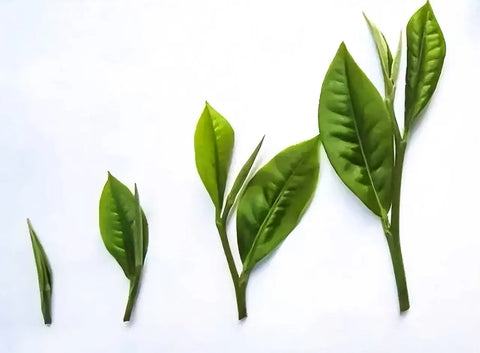
What is Tea Stem?
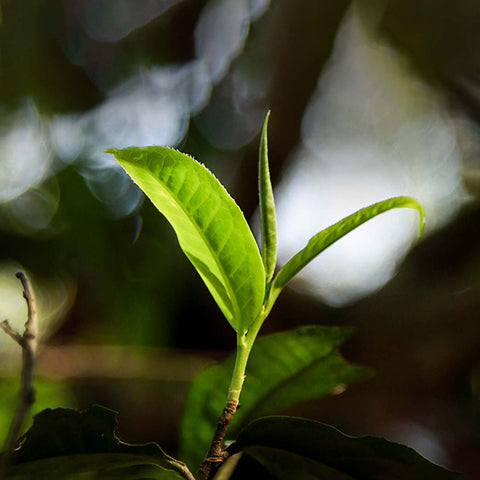
Increase the sweetness of Pu-Erh tea liquor
Tea stalks are rich in cellulose. During the fermentation process, microorganisms multiply and secrete a large amount of water enzymes to decompose cellulose into soluble sugars and increase the sweetness.
Bestsellers
The sugars in the mature stems even outnumber the young shoots. If Pu-erh tea only uses tea buds with high tenderness, the tea leaves will inevitably be bitter and astringent. At this time, some raw materials with more tea stalks are deliberately added to make the tea soup more balanced in taste and high in sweetness, which is more conducive to enriching the flavor of tea liquor.
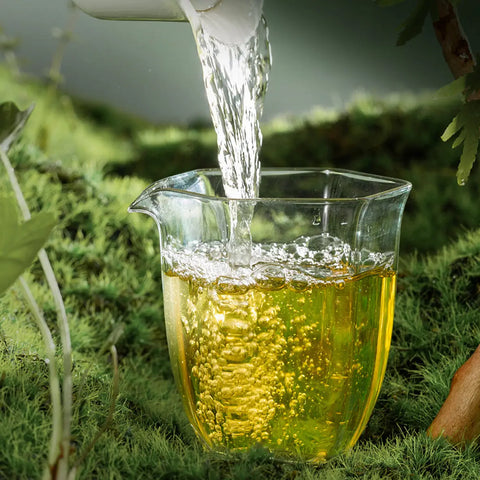
Enhance the aroma of tea liquor
The vascular bundle in the stem is the main transport organization of nutrients and aroma, and most of the contained substances are water-soluble.
It is recorded in "Zhi Cha Xue" (Tea Making Guide) that the aroma of tea leaves decreases from the first leaf to the third leaf, while the aroma of the stem is the highest. During the processing of tea leaves, the aroma is transferred from the stalk to the leaves with the evaporation of water, and combined with the effective substances of the leaves to form a higher and stronger aroma quality.
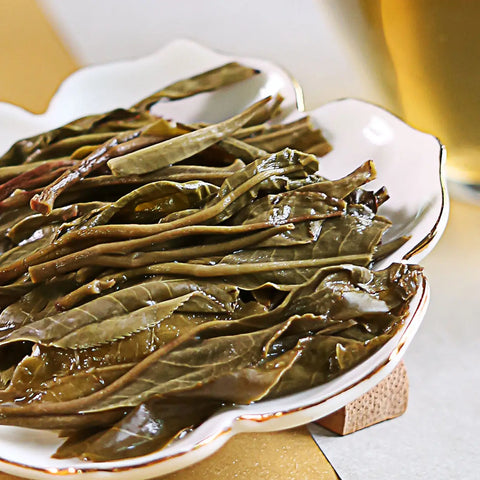
Help better on aging and transformation of Pu-Erh tea
In the process of making tea, in order to facilitate transportation and storage, Mao Cha are generally steamed and pressed into various shapes such as tea cakes, tea bricks, and tea lumps when making Pu-erh tea
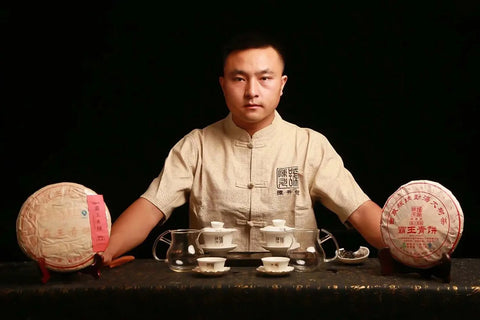
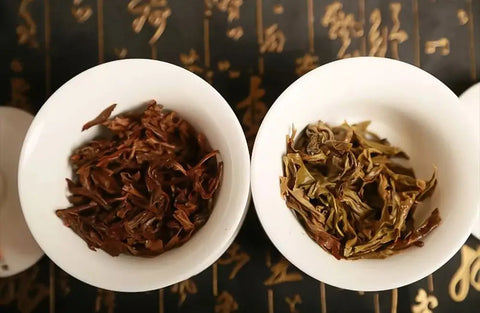
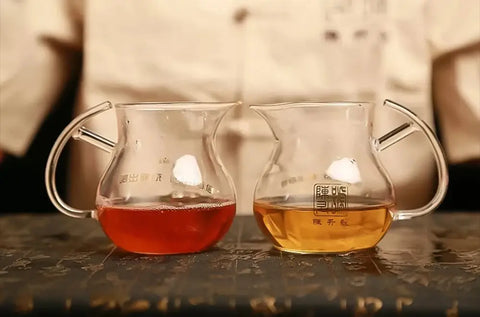
← Older post Newer post →






